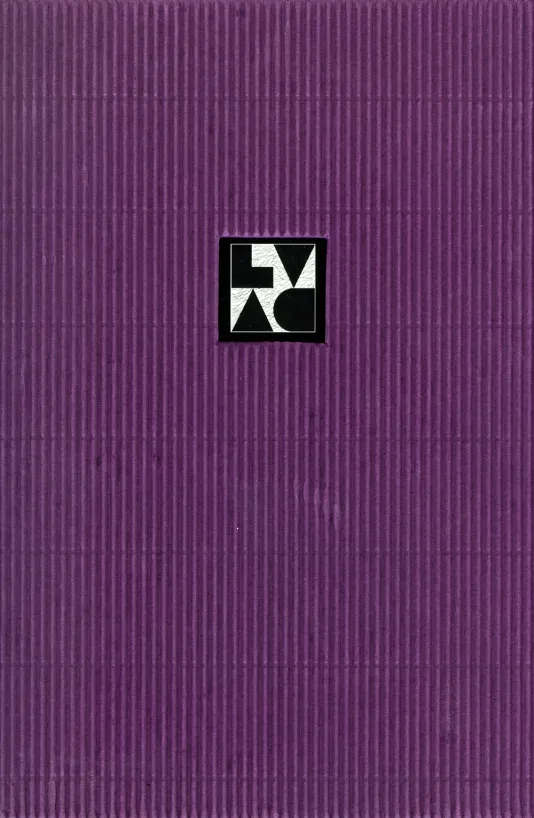Installation view, May Sun: Artist-in-Residence: Fugitive Lading: A Revolutionary at Sea, MIT List Visual Arts Center, 1991.
May Sun: Fugitive Landing: a revolutionary at sea (Artist-in-Residence)

Multimedia artist May Sun, as Artist-in-Residence at MIT throughout September, worked daily in the Reference Gallery of the List Visual Arts Center building an elaborate and ambitious room-sized installation, Fugitive Landing, involving platforms and walkways over a large pool of water, video projection, audio tapes, and a game of goh.
The inspiration for this piece is the sometimes-secret journeys of the Chinese statesman Sun Yat-Sen (1866-1925), who sailed to the United States on several occasions to solicit support for his vision of a Western-style democracy for China.
Los Angeles-based May Sun was born in Shanghai and lived in Hong Kong until the age of sixteen, when she came to the United States to attend college. Her focus on this earlier episode of Chinese-American relations is both personal and political. Her grandfather was a general in Sun Yat-Sen’s army and one of the patriots who traveled to Japan to plan the Chinese revolution. Her ongoing commitment to exploring the dialectic between the personal and the political, the self and social transformation, was reaffirmed by the poignant climax of the recent Chinese democratic movement in Beijing’s Tiananmen Square in June 1989.
May Sun often refers to aspects of her Chinese heritage in her work, which consistently crosses cultural and political boundaries as well as the boundaries traditionally separating art forms and disciplines. LA/River/China/Town, for example, a large-scale work created for the opening of the Santa Monica Museum of Art in 1988, consisted of four Chinese immigrant laborers’ tents which contained visual elements, sound, lighting, text, and audio tape that collectively narrated untold stories from the history of LA’s Chinatown. A more recent work for the Newport Harbor Museum Biennial Exhibition evokes the immigrant contribution to the development of the California agricultural industry.
While in residence at the LVAC the artist researched details of Sun Yat-Sen’s sketchily recorded visit to Boston in 1911. She incorporated this new information and materials into the installation.







